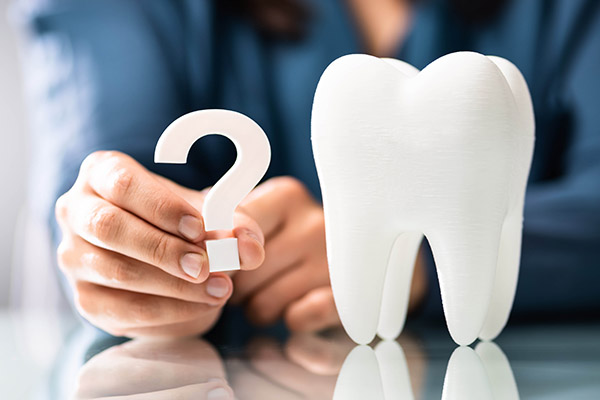 Dental crowns and dental bridges are two common dental procedures to restore damaged or missing teeth. Both procedures have unique benefits and drawbacks; choosing between them will depend on your needs and goals. This article will discuss the differences between dental crowns and dental bridges and help you understand how we choose which procedure is right for you.
Dental crowns and dental bridges are two common dental procedures to restore damaged or missing teeth. Both procedures have unique benefits and drawbacks; choosing between them will depend on your needs and goals. This article will discuss the differences between dental crowns and dental bridges and help you understand how we choose which procedure is right for you.
Understanding dental crowns
Dental crowns are tooth-shaped caps that a dentist places over a damaged or decayed tooth to restore strength, shape, and function. Crowns can consist of various materials, including porcelain, metal, or a combination.
The process of receiving a dental crown involves two appointments. During the first appointment, the dentist will prepare the damaged tooth by removing any decay or loose bone particles and shaping it to fit the crown. Then, they will make an impression of the tooth and send it to an off-site dental lab, where the dental crown will be custom-made to fit the patient's tooth.
In the meantime, a temporary crown will be placed over the tooth to protect it. Then, during the second appointment, approximately two weeks after the first, the dentist will place the permanent crown over the prepared tooth and cement it in place.
Caring for dental crowns
Dental crowns can last up to 15 years with proper care. Patients can care for the crowns as they would their natural teeth. Patients need to brush at least twice a day and floss a minimum of once a day. Also, maintaining biannual appointments will help ensure no abnormalities with the dental crown occur.
Understanding dental bridges
Dentists recommend dental bridges for those needing to replace one or more missing teeth. A bridge consists of one or more artificial teeth, called pontics, held in place by dental crowns attached to the adjacent teeth. Bridges can consist of materials like dental crowns, including porcelain, metal, or a combination of both.
The process of receiving a dental bridge typically involves two appointments or more. What happens during the first appointment will vary depending on the patient's oral condition. For example, if the patient needs an extraction due to a tooth with significant damage, then the extraction will occur during that appointment. The patient must then enter a healing period before scheduling their second appointment. However, suppose a tooth has been missing for a while, and no extraction is necessary. In that case, the dentist will prepare the two adjacent teeth by removing a portion of their enamel to make room for the dental crowns. Then, the dentist will make an impression of the teeth and send them to an off-site dental lab, where the dental bridge will be custom-made to fit the patient's mouth.
While waiting for the dental bridge, patients will receive a temporary bridge to protect the adjacent teeth's exposed nerves. The next appointment will consist of removing the temporary crown, testing the adjacent teeth to ensure they are still alive (no nerve damage), and cementing the custom dental bridge.
Caring for dental bridges
Dental bridges can last up to seven years with proper care. Patients can eat with and brush their dental bridges as with their natural teeth. However, it is important to know that dental bridges have a small space between the gum line, making it possible for food debris to become trapped inside the bridge. Therefore, patients will be given a special floss to scoop out debris and prevent their natural teeth from decaying.
Restoring your smile is simple
We hope this information has been beneficial. Dental crowns and dental bridges are two common dental procedures we offer at our Marco Island office. If you want to learn more about each option and determine which is most effective in restoring your smile, contact us today to schedule a consultation.
Request an appointment or call Island Paradise Dental at 239-465-4999 for an appointment in our Marco Island office.
Related Posts
Oral sedation is one of many options available to a dentist. Oral sedation has opened a whole new world of possibilities for dentistry and dental procedures. However, many people have questions about how exactly oral sedation works because of how new it is.Sedation dentistry is a perfectly safe form of dentistry. Oral sedation is ideal…
Good oral hygiene is a must for everyone, and your dentist will certainly tell you that. Preventing a tooth infection can be as simple as using the right toothbrush, flossing regularly, and avoiding certain beverages like coffee or wine. Read on for more tips!Brushing your teeth is essential for preventing a tooth infection, but it's…
One of the most important roles of dentistry is to prevent and treat tooth decay. According to The American Dental Association, it affects 91% of Americans by the time they reach the age of 20. Fortunately, dentists are trained and equipped to remove tooth decay and restore a patient's good oral health.In order for decay…












